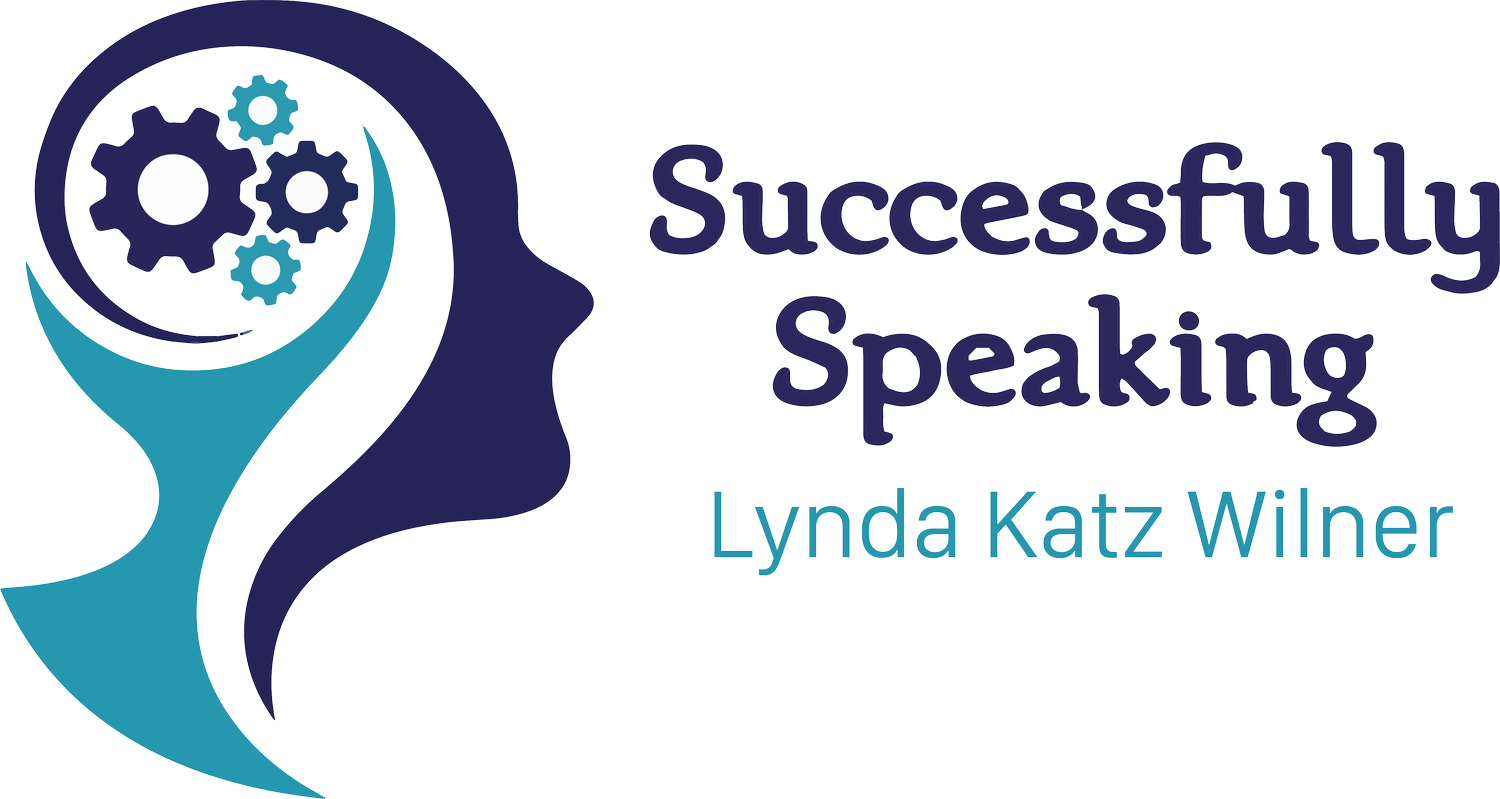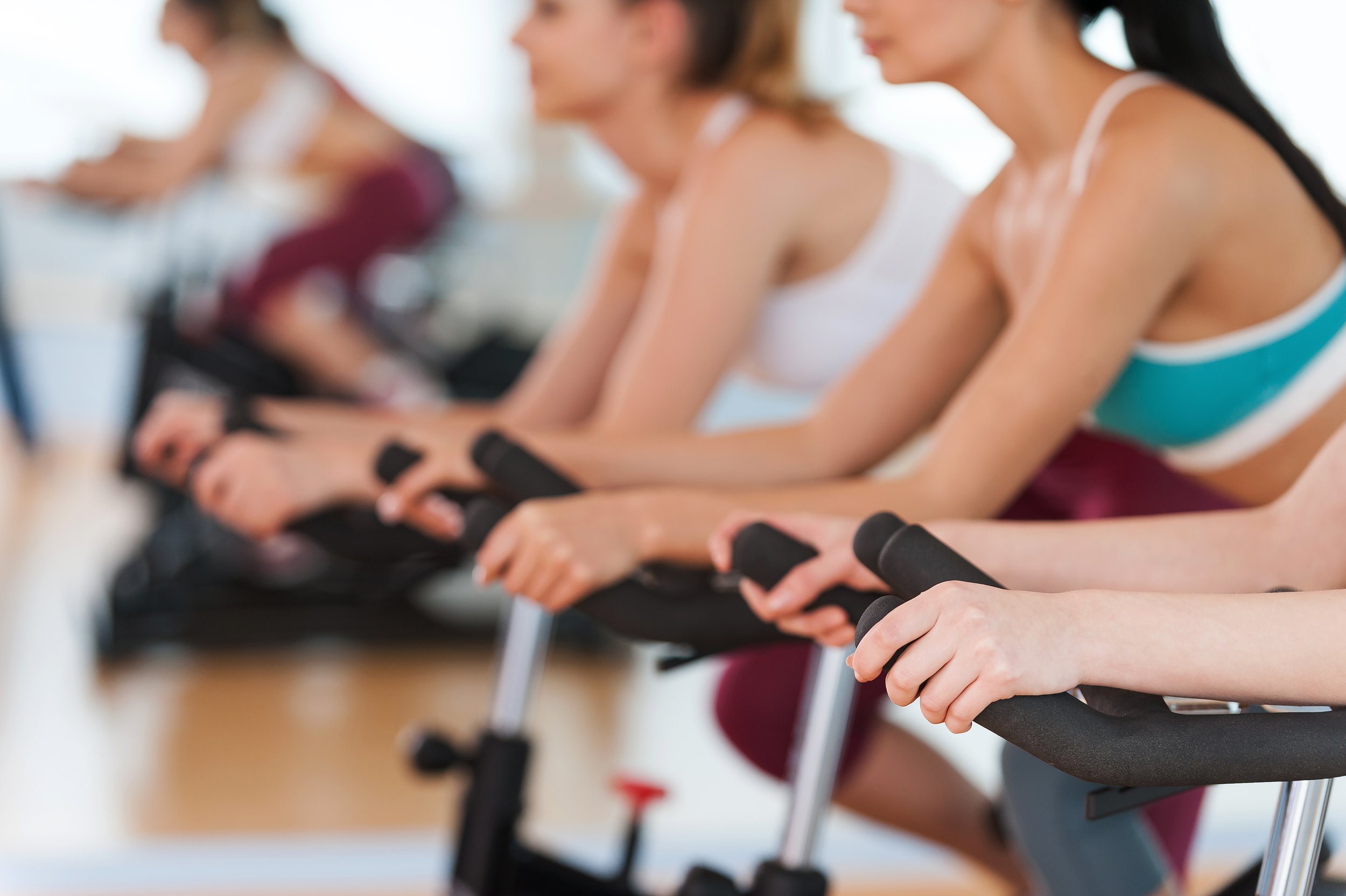“I don’t use a mic…”
My cycling class starts with a different instructor. He introduces himself and states, “I don’t use a mic”. Oh, no! How will I hear his instructions with the music playing?
During the class, I hear when he projects and says “NOW,” and “GO FASTER.” However, when he gives longer instructions, I hear, “After this song, we will blah, blah, blah…”
The Speech and Language Pathologist in me knows that since the instructor is also exercising on the bike, he may not have enough breath support to project his voice for a full sentence.
I often see the parallels between sports/exercise and public speaking. Check out a recent blog and my free eBook Tee Up Your Speech: Golf is Like Public Speaking.
This incident reminds me of two presentations I delivered this past week on “Power of the Pause: Elevating Communication in an Inclusive Culture” with @Kashonna Marrow. Our organizers said they didn’t think microphones would be necessary for us since the room was not very big. Aside from preserving our own voices, our response was “What if someone in the room is hearing impaired?” They might not speak up and we need to ensure that we are inclusive with our audience and help them feel that they belong. We needed to also “walk the talk” since DEIB (Diversity Equity Inclusion Belonging) was our topic!
At the onset of our presentation, it sounded quite loud to me. Upon asking the audience, they said it should be turned down. However, no one volunteered that information! Check in with your audience periodically. Can they hear you? Are you too loud? Do they need clarification? Watch for non-verbal signals that they might not understand.
When we speak, lead a workshop, or even an exercise class, it is not about us and our comfort….it is about our audience and making sure they can fully participate. Don’t assume they will tell us.
On a positive note, I discussed this with the spin instructor after class and he was very receptive to the suggestions. In fact, he told me that it was difficult to talk a lot while cycling. He said he would consider using a mic in the future.
People don’t always think about the person who might be having “invisible” challenges. Inclusion should be a goal in our training. What are some ways you can be inclusive in your daily activities and in the workplace?

